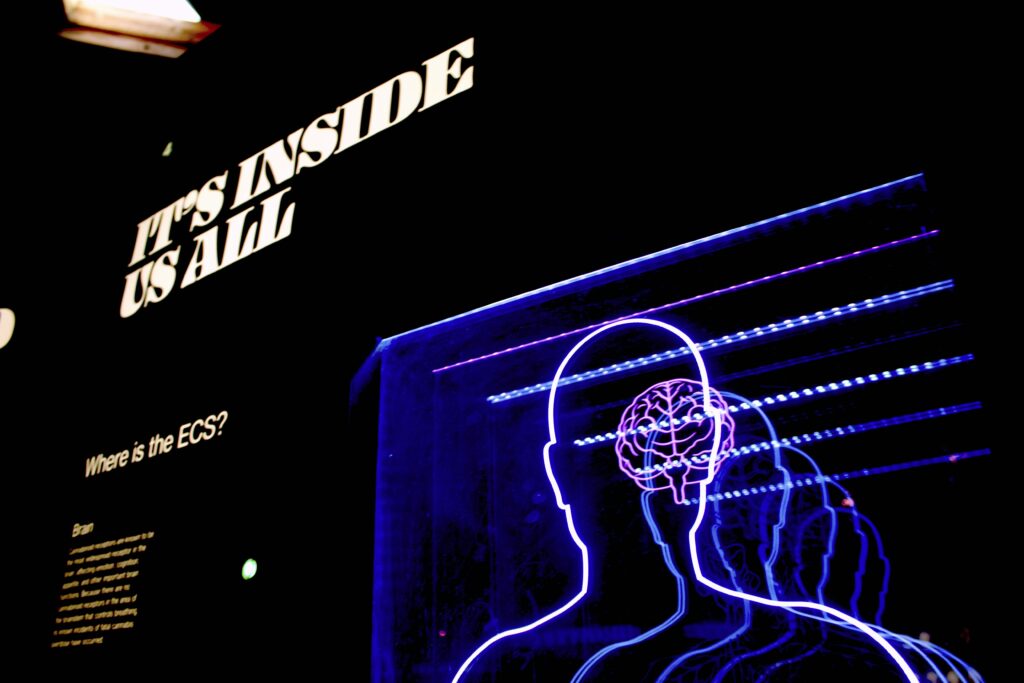
COLUMBUS, Ohio – A groundbreaking study from The Ohio State University has revealed the most comprehensive evidence yet that the connectivity patterns within the human brain can illuminate the specialized functions of its various regions. This research, led by Kelly Hiersche, a doctoral student in psychology, provides a “bird’s eye view” of the brain, expanding our understanding beyond prior studies that focused on isolated functions like perception or social interactions.
Hiersche explained, “We found evidence suggesting that connectivity is a fundamental organizational principle governing brain function, which has implications for understanding what happens when things go wrong in the brain.” This discovery allows scientists to better understand the “connectivity fingerprint” of specific brain regions, akin to how individual fingerprints are unique identifiers.
Understanding Brain Connectivity
Co-author Zeynep Saygin, an associate professor of psychology, emphasized that these unique connectivity fingerprints help infer the function of brain regions. “Our findings help us understand the connectivity pattern that makes a language area unique, for example, and what makes it different from adjacent areas in the brain,” added senior author David Osher, assistant professor of psychology at Ohio State.
The study, published in the journal Network Neuroscience, utilized data from the Human Connectome Project, which included brain scans of 1,018 individuals. Researchers employed NeuroQuery, an online meta-analysis tool, to map brain activation across 33 cognitive processes, including speech, decision-making, and face perception. By linking connectivity data with NeuroQuery’s meta-analytic results, the team demonstrated a robust correlation between connectivity and function across the brain.
“It supports a broadly held hypothesis among neuroscientists, that brain connectivity determines brain function, but this has not been explicitly shown until now, and not across such a large breadth of cognitive domains,” Osher remarked.
Implications for Cognitive Science
While all cognitive domains exhibited a strong relationship between connectivity and activation, the researchers found the most pronounced connections in higher-level skills such as executive function and memory, as opposed to sensory or social skills. “These higher-level skills take many years to develop in people, much longer than sensory or social skills,” Hiersche noted. “It may be that as you continually use these regions of the brain for them to develop, it results in this very tight link between connectivity and function for these higher-order skills.”
This study’s comprehensive approach provides a baseline understanding of normal brain function in young adults, which is crucial for future research. By establishing this baseline, scientists can investigate how brain functions and connectivity differ in individuals with various diseases or conditions.
Looking Ahead
The findings of this research pave the way for further exploration into brain connectivity as a general organizational principle of brain function. This foundational knowledge could significantly impact the study of neurological disorders and cognitive development, offering new insights into how brain connectivity influences behavior and mental processes.
As the field of neuroscience advances, the implications of this study are vast. Understanding the intricate web of brain connectivity not only enhances our comprehension of brain function but also opens new avenues for diagnosing and treating conditions that affect cognitive and neurological health.
Future research will likely build on these findings, exploring the potential for using connectivity fingerprints to develop targeted therapies for brain disorders. The study’s innovative approach to mapping the brain’s connectivity landscape marks a significant step forward in cognitive neuroscience, promising to deepen our understanding of the human brain and its myriad functions.






